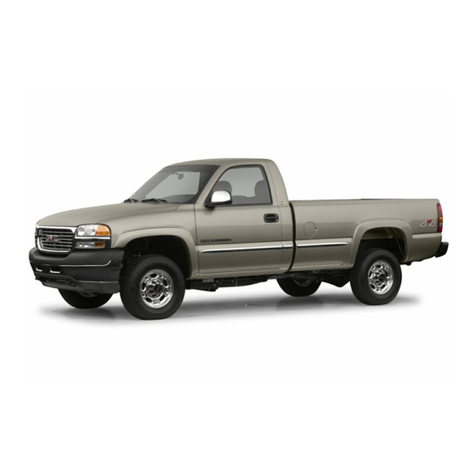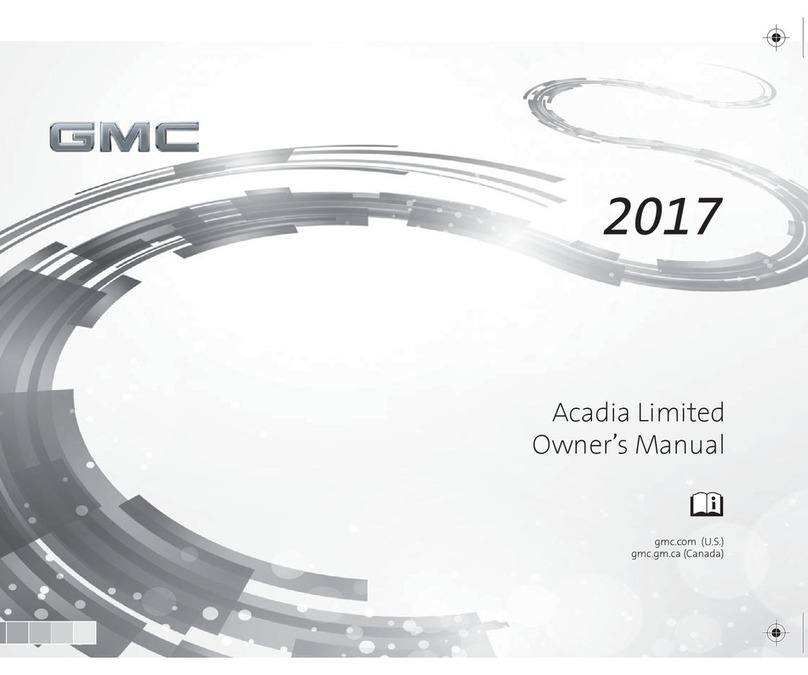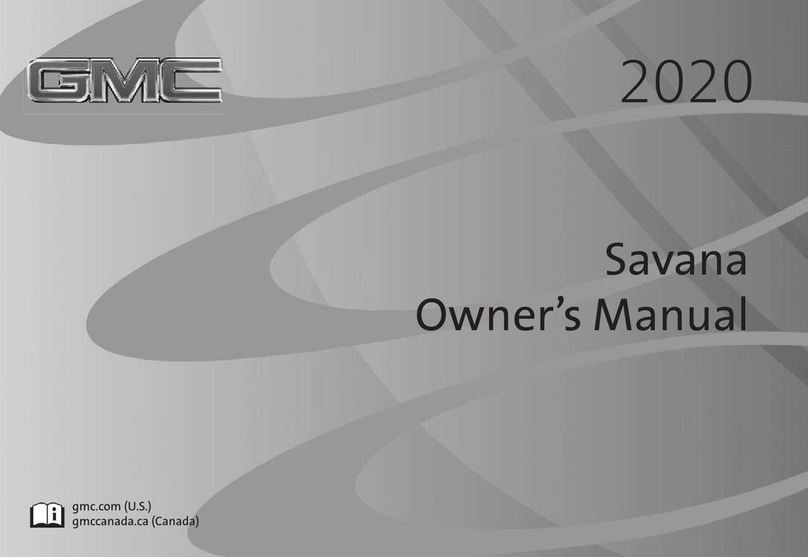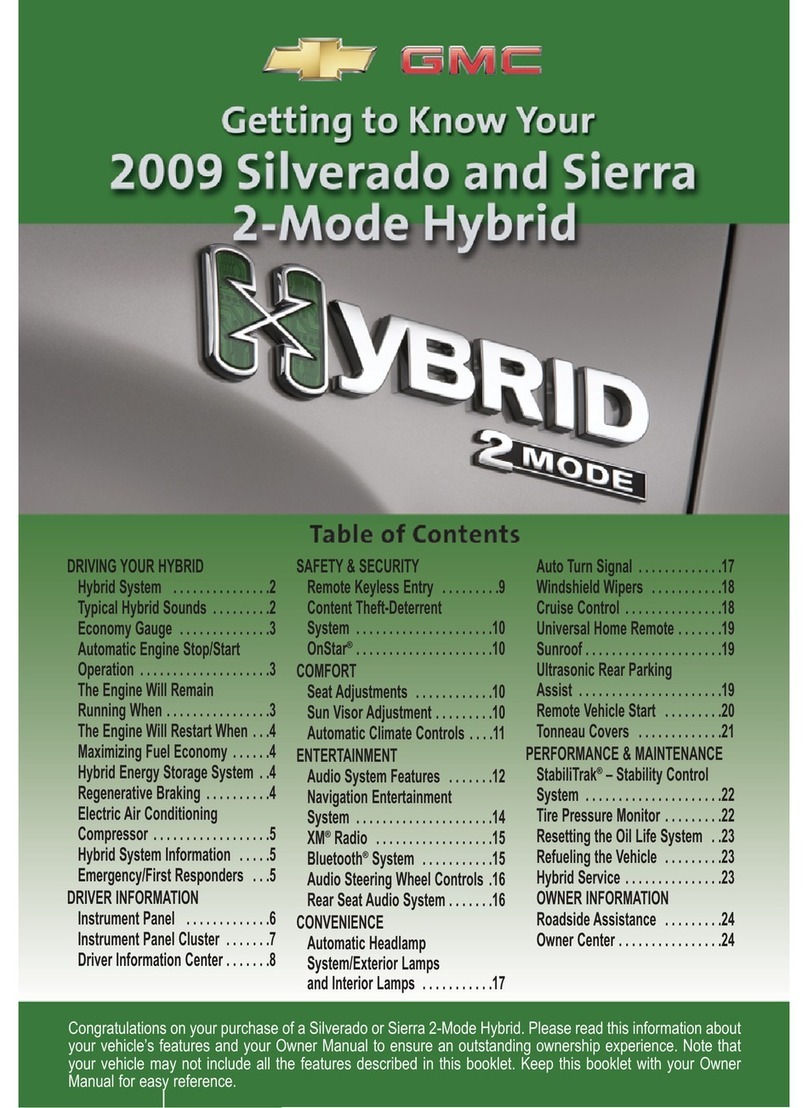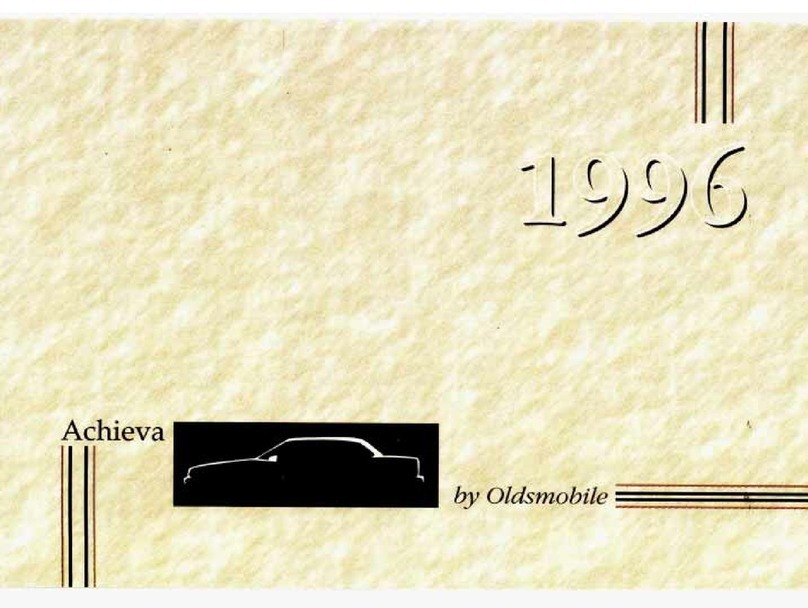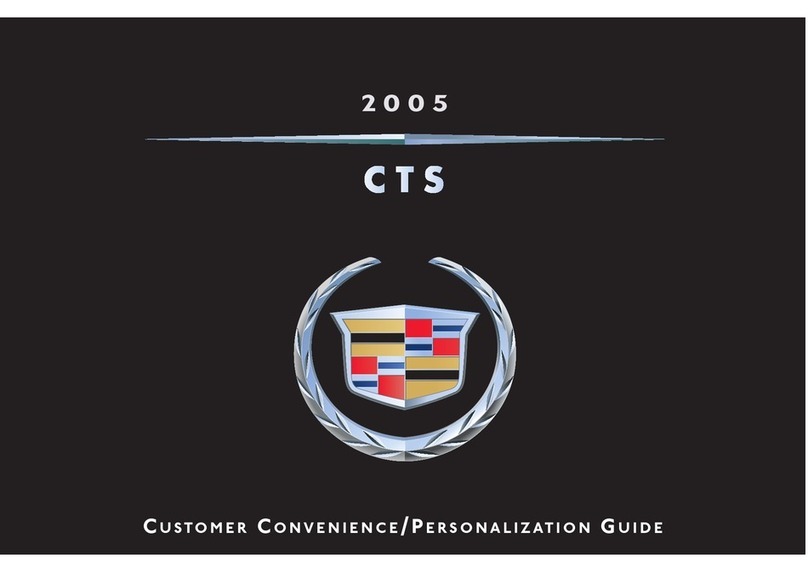
)
Preface
Belt Dressing Notice
Notice:
Do
not
use
belt dressing
on
the drive belt.
Belt dressing causes the breakdown of the composition
of the drive belt. Failure to follow this recommendation
will damage the drive belt.
Component Fastener Tightening Notice
Notice: Replacement components must be the correct
part number for the application. Components
requiring the use of the thread locking compound,
lubricants, corrosion inhibitors, or sealants are
identified in the service procedure. Some replacement
components may come with these coatings already
applied. Do not use these coatings
on
components
unless specified. These coatings
can
affect the
final torque, which may affect the operation of the
component. Use the correct torque specification when
installing components
in
order to avoid damage.
Defective Scan Tool Notice
Notice:
Do
not
use
a scan tool that displays faulty
data. Report the scan tool problem to the
manufacturer. Use of a faulty scan tool can result
in
misdiagnosis and unnecessary parts replacement.
Engine Emission Notice
Notice: Modifications made to the engine or its
individual components can effect the vehicle's
emission controls and may cause the Malfunction
Indicator Lamp (MIL), Check Engine, or Service Engine
Soon lamp to illuminate. Modifications may also
cause the
vehicl.e
to fail a required Emission
Inspection/Maintenance test.
Fastener Notice
Notice: Use the correct fastener
in
the correct
location. Replacement fasteners must be the correct
part number for that application. Fasteners requiring
replacement or fasteners requiring the use of '
thread locking compound or sealant are identified
in
the service procedure.
Do
not use paints, lubricants, or
corrosion inhibitors
on
fasteners or fastener joint
surfaces unless specified. These coatings affect
fastener torque
and
joint clamping force and may
damage the fastener. Use the correct tightening
sequence and specifications when installing fasteners
in
order to avoid damage to parts and systems. -
Fuel Pressure Notice
Notice:
Do
not allow the fuel pressure to exceed the
specified value because damage to the fuel pressure
regulator or the fuel pressure gauge may result.
Fuel
Tank:
Strap Fastener
Notice
Notice:Tighten the strap fasteners by steps,
alternating between the fasteners, until the specified
torque
is
reached. A failure to tighten
th.e
strap
fasteners
as
specified will cause the bottom of the
tank
to
flex upward. This will result
in
the fuel gauge
indicating that there is fuel remaining
in
the tank when
the tank runs dry.
Cautions
and
Notices
- 7
Handling ESD
Sensitive
Parts
Notice
Notice: Electrostatic discharge (ESD) can
da,,age
many solid-state electri.cal components. ESD
susceptible components may
or
may
not
be l~beled
with the ESD symbol. Handle all electrical cornponents
carefully. Use the following precautions in ord6r to
avoid ESD damage:
" Touch a metal ground point in order to
renove
your body's static charge before
servicingany
electronic component; especially after slidhg
across the vehicle seat.
• Do not touch1exposed terminals. Terminah
may
connectto circuits susceptible the ESD
danage.
O Do not allow tools to contact exposed
terminals when servicing connectors.
• Do not remove components from their
proective
packaging until required to do so.
• Avoid the following actions unless requirecby
the
diagnostic procedure:
-Jumpering
or
grounding
of
the
compcients
or connectors.
-Connecting test equipment probes
to
components or connectors. Connect
the ground lead first when using test
robes.
• Ground the protective packaging of any
component before opening. Do
not
rest
soli-state
components
on
metal workbenches, or
on
Ip
of TVs, radios,
or
other electrical devices.
Handling IAC Valve Notice
Notice: If the IAC valve has been
in
service:
D(f\lOT
push or pull
on
the IAC valve pintle. The force
required to move the pintle
may
damage the
thnds
on
the worm drive. Also, DO NOT soak the
IAC
valve
in
any liquid cleaner or solvent,
as
damag1naY
result.
Heated Oxygen and Oxygen Sensor
Notice
Notice: Do not remove this pigtailfrom either
the
heated oxygen sensor (H02S) or the oxygen
sensor
(028).
Removing the pigtail or the
conne~
will affect sensor operation.
Handle the oxygen sensor carefully.
Do
not dropl
H02S. Keep the in-line electrical conne9tor and
the louvered end free of grease, dirt, or other
contaminants. Do not use cleaning solvents of
any type.
Do
not repair the wiring, connector or terminals.
Replace the oxygen sensor if the pigtail wiring,
connector, or terminal is damaged.
This external clean air reference is obtained by
w,1
the oxygen sensor signal and heater wires. Any
attempt to repair the wires, connectors, or termina
could result
in
the obstruction of the air reference I
degraded sensor performance.
